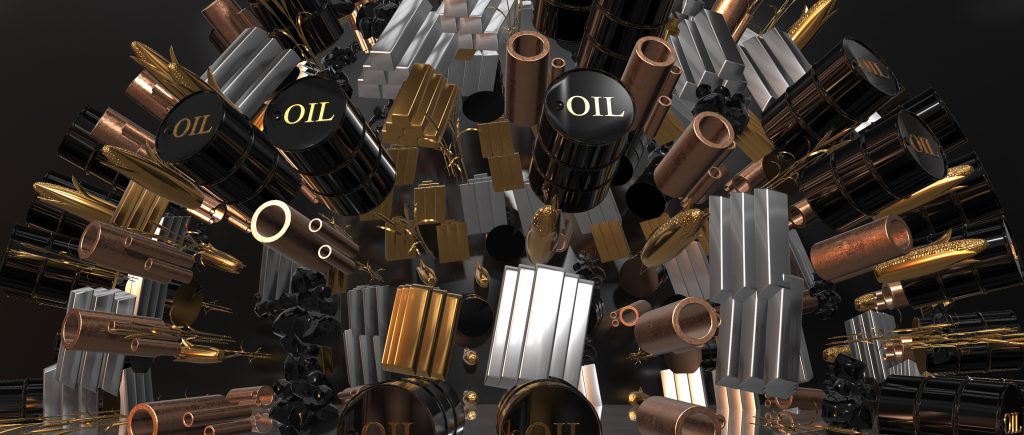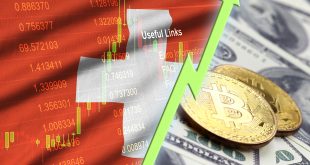On Wednesday, the metal rose 1.1% to $9,013.50 on the London Metal Exchange (LME), posting its fifth consecutive daily gain. At the time of writing, the key industrial metal is trading at $4.17 per pound for the first time since June, versus the previous closing price on Tuesday at $4.07. the soaring price is pushed ahead by optimism that China’s reopening will trigger further demand by the world’s top copper consumer.
Copper has also bounced back following a 14% decline in 2022, when tough coronavirus restrictions impacted the Chinese economy, but the country’s shift away from Covid Zero policy was a main cause of rebound, while expectations for less aggressive rate hikes by the Fed did boost the commodity price.
Copper is especially sensitive to Chinese demand, with the country accounting for half of the global total. Benchmark futures on the London Metal Exchange rose to $10,375 per tonne in March, lifted by geopolitical uncertainty and the worldwide decarbonization push. Copper currently trades around $8,300.
Monetary policy and China’s reopening will be key variables in global commodity markets in 2023, after multiple commodities set historical highs in 2022, driven by the Ukraine war and high worldwide inflation.
Market predictions range from bullish to bearish, one thing that almost all analysts agree upon is that most commodities are unlikely to soar above the level they reached last year.
WTI rose to $122 per barrel last June as the world’s third-largest producer, Russia, was sanctioned by the West over Ukraine’s conflict. That was the highest price since 2008 when WTI hit an all-time high of $145 per barrel. As of early January, WTI is trading around $76 and at the time of writing it is trading at $77.75 per barrel versus the previous closing price at 74.853 on Tuesday.
Some forecasts refer to WTI’s potential surge to the $90 level, given that global oil demand is expected to expand as China ends its strict COVID policy and international travel recovers. The country lifted mandatory quarantines for international travelers on Jan. 8.
Even if the influence of China’s economic recovery happens to be passive and prices fall, OPEC+ countries could cut output to keep the price above $70.
Gas prices also soared in 2022. Asia’s benchmark for liquefied natural gas Japan Korea Marker (JKM) in August hit a record $69 per million BTU. The price stood around $29 as of early January on the back of relatively high inventories in Europe and Japan. JKM could rise to $40 or higher on as China’s economy recovers.
China’s outbreak is expected to peak on January 13 at 3.7 million cases a day, according to UK health analytics. After new infections peak, China is likely to step up stimulus measures to support the national economy in the April to June quarter. Such a move could impact global demand and flow of the commodities.
US monetary policy will be another key to forecasting copper and other commodity trends. Against a backdrop of inflation, the Federal Reserve Board hiked interest rates throughout 2022, strengthening the dollar, which dominates commodity markets.
Gold is especially responsive to interest rate changes, as the metal itself offers no interest yield. Rate hikes often spur investors to sell gold. Benchmark gold futures in New York are around $1,860 per ounce, down from $2,058 in March 2022.
Uncertainty remains over whether the Fed will cut rates this year, though analysts say that as long as inflation continues, such a move is unlikely, even if the economy slows.
The lack of investment in the commodity sector is another concern. Commodity markets are shaped by underinvestment in 2023. While markets are thinner today, what is more challenging is the lack of investment in commodities for tomorrow.

 Noor Trends News, Technical Analysis, Educational Tools and Recommendations
Noor Trends News, Technical Analysis, Educational Tools and Recommendations




